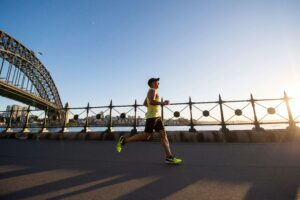The Only 6 Stretches You Need for Better Flexibility and Mobility
Stretching consistently can improve your range of motion, flexibility, and posture, and improve your quality of life exponentially. However, with so many stretches, which ones should you do, and can you skip? These are the only 6 stretches you need.
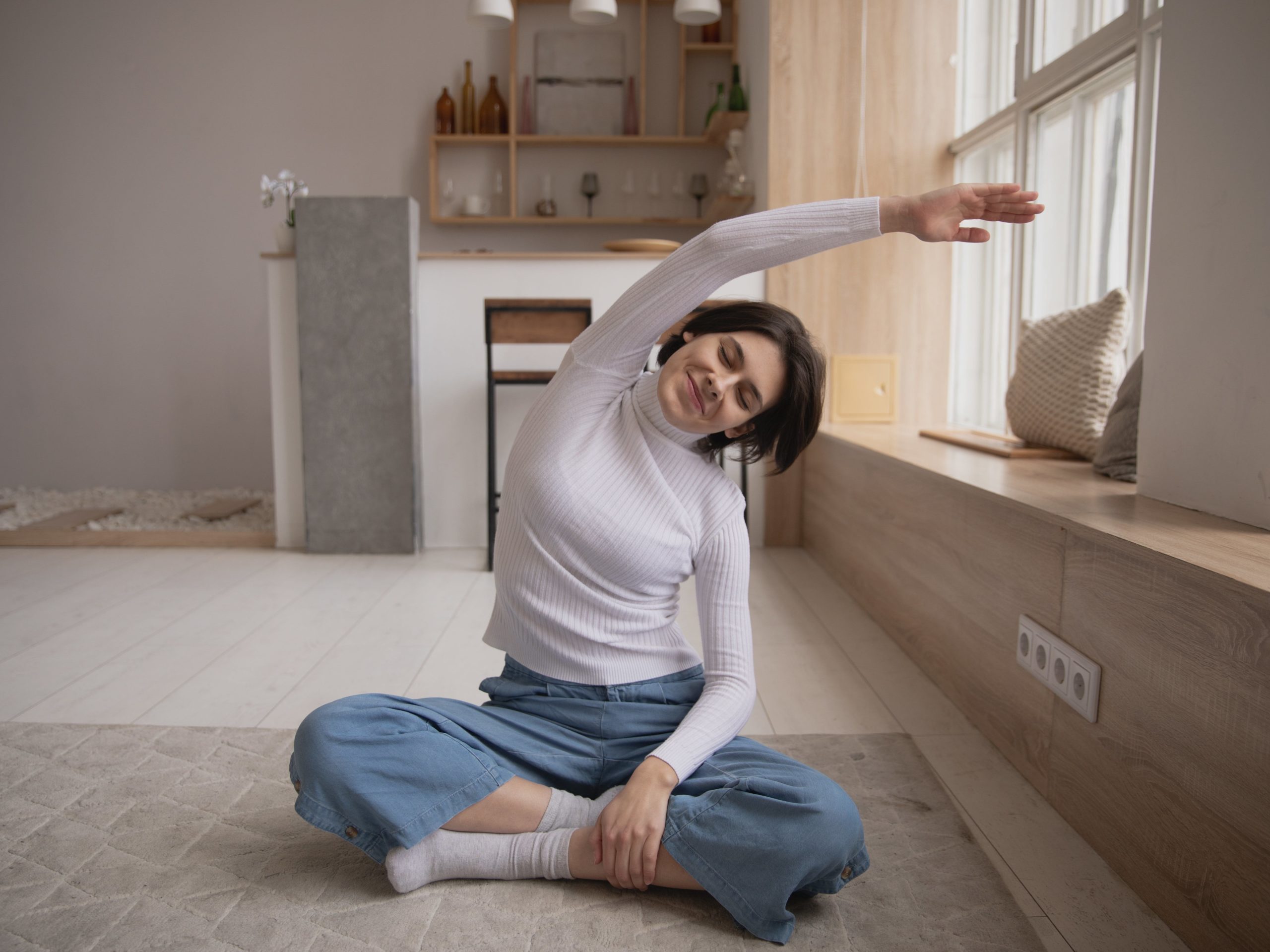
Learn everything you need to know about stretching. Check out what the only 6 stretches you need are, tips to stretch safely, and more today!
What Stretching Does to the Muscles
Stretching is positioning the body to stretch the muscles and improve the range of motion, physical ability, flexibility, and posture. It is meant to lengthen and strengthen the muscles. Muscles are composed of protein, molecules, and energy storage. Stretching moves the muscles under tension, which elongates them and pushes them past the regular limit.
Benefits
When muscles stretch, they remember the motion and can more easily move into that position in the future. The joints and supportive structure around the muscles are also activated during a stretch, which strengthens the area and reduces the chances of injury. Stretching also increases circulation in the body and is a good way to boost physical health in a low-impact way.
6 Stretches You Need to Try
Here are the only 6 stretches you need to use for a full-body stretch and improved flexibility. Stretching is an important activity to strengthen and lengthen the muscles, improving your ability to move. Doing these 6 stretches altogether takes about 10 to 15 minutes to do, making it a quick routine you can add to your day at any time.
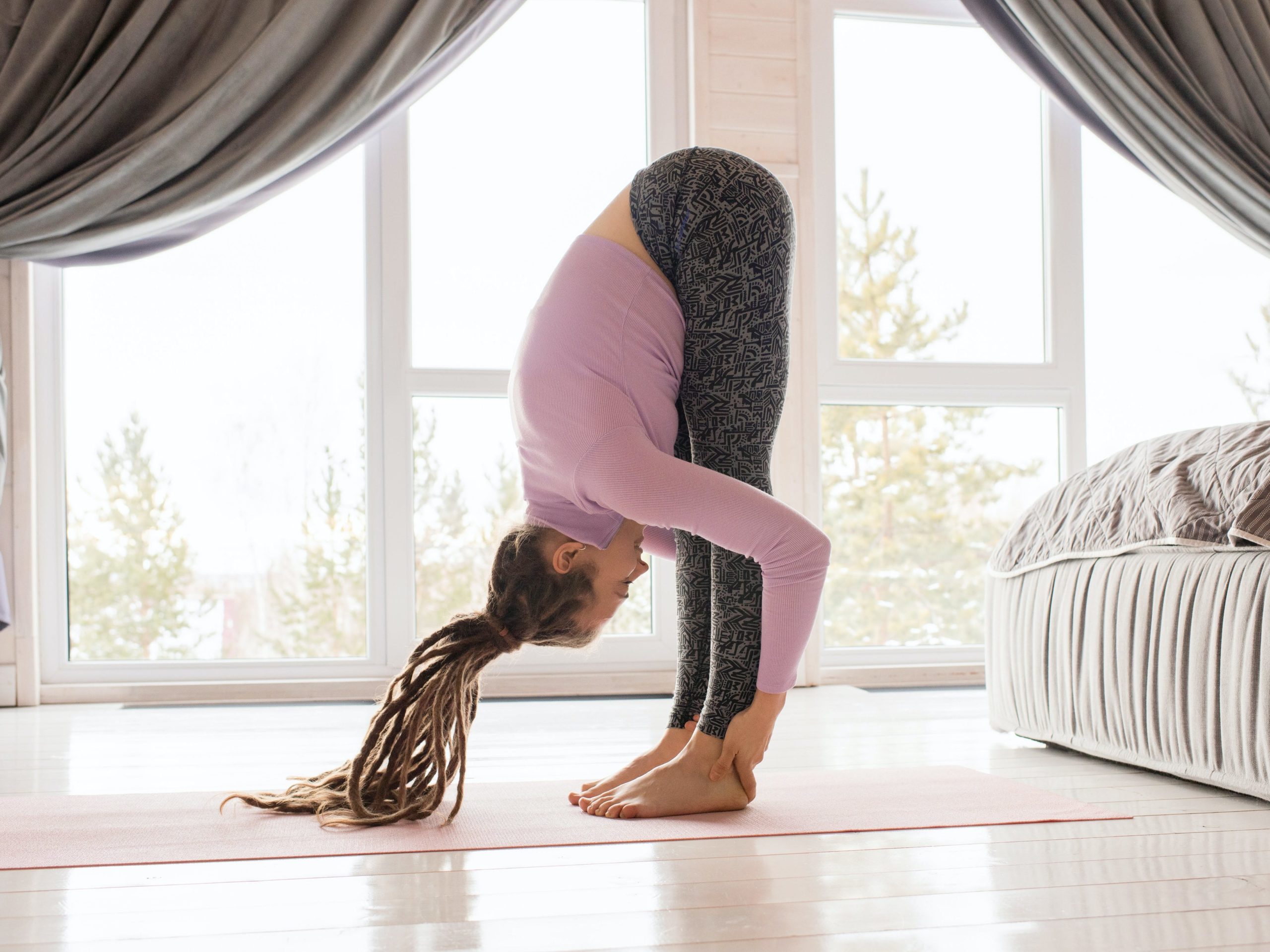
Forward Fold (And Nerve Floss)
A forward fold stretches the hamstrings, calves, heels, back, spine, and neck. Begin with your feet hip length apart, toes facing forward. Raise your hands as you breathe deep and reach up above your head. Exhale and lower your hands to the ground as close to your feet as possible.
For nerve flossing, simply straighten one leg, bend the other, and alternate. This, in theory, signals to the brain that the nerves along the hamstrings can move like this. This can help rescue pain and improve the range of motion in the hips.
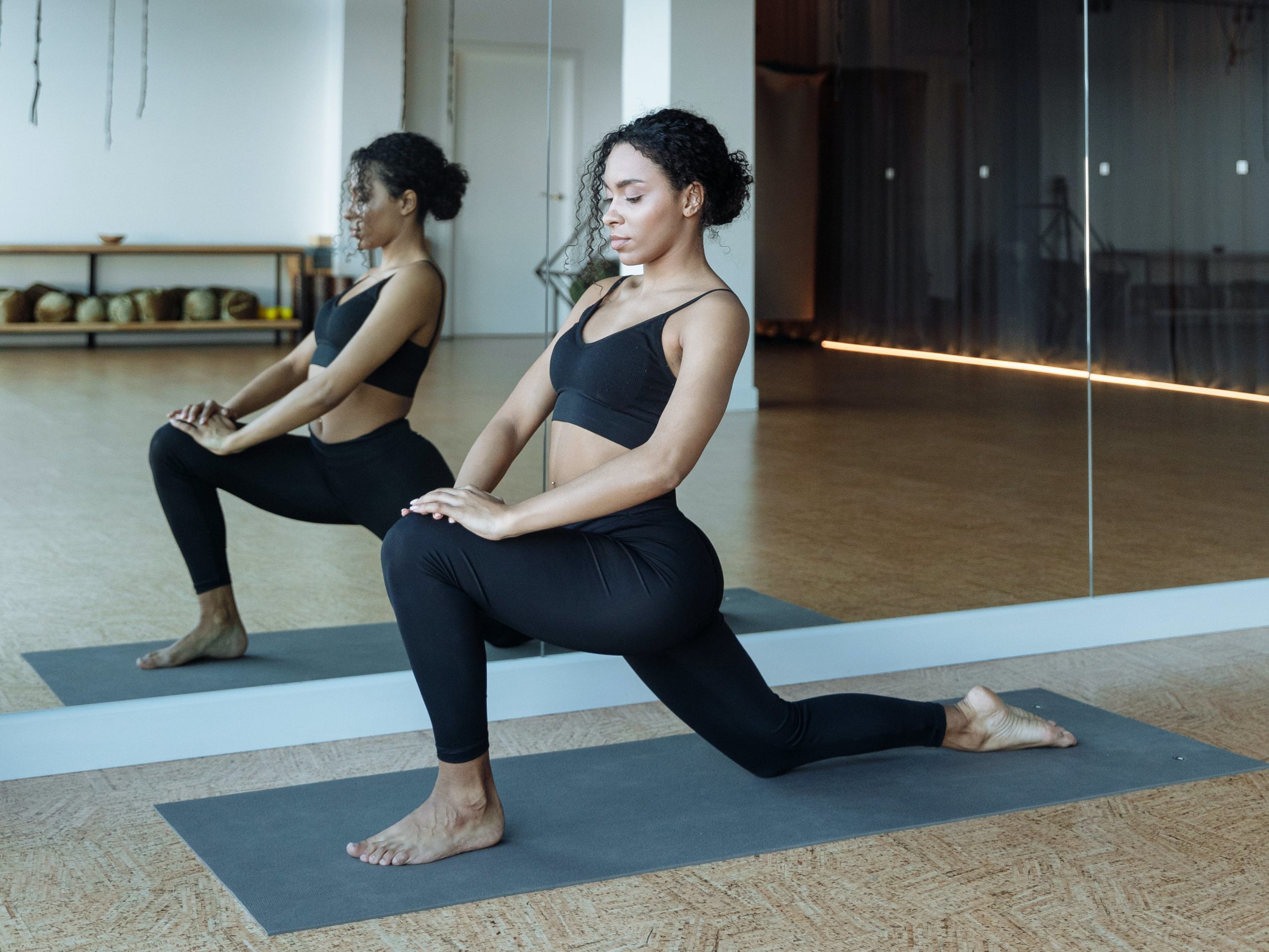
Hip Flexor Stretch (Or Wall Quad)
This stretch is good for the hips, thighs, glutes, calves, and heels. Get into a lunge position, with the left leg in front, knee bent at a 90-degree angle, and right leg straight back behind with the top pointed. Lean into this stretch and hold for about 30 seconds, then switch and do the other side.
One way to make this stretch harder is to place the back leg against the wall. This enhances the stretch in the legs and hips. If you don’t want to use a wall, simply reach for the back leg, with your hand, raising your back foot up until you can grab it.

Butterfly Stretch (Plus a Reach Forward)
A butterfly stretch is a good stretch to engage the hips and inner thighs. Simply go into a cross-legged position, then plant the bottoms of the feet together. Press the knees down and hold the pose for 30 seconds.
To make it more intense, press the knees down to the ground and reach forward with your arms out in front of you.
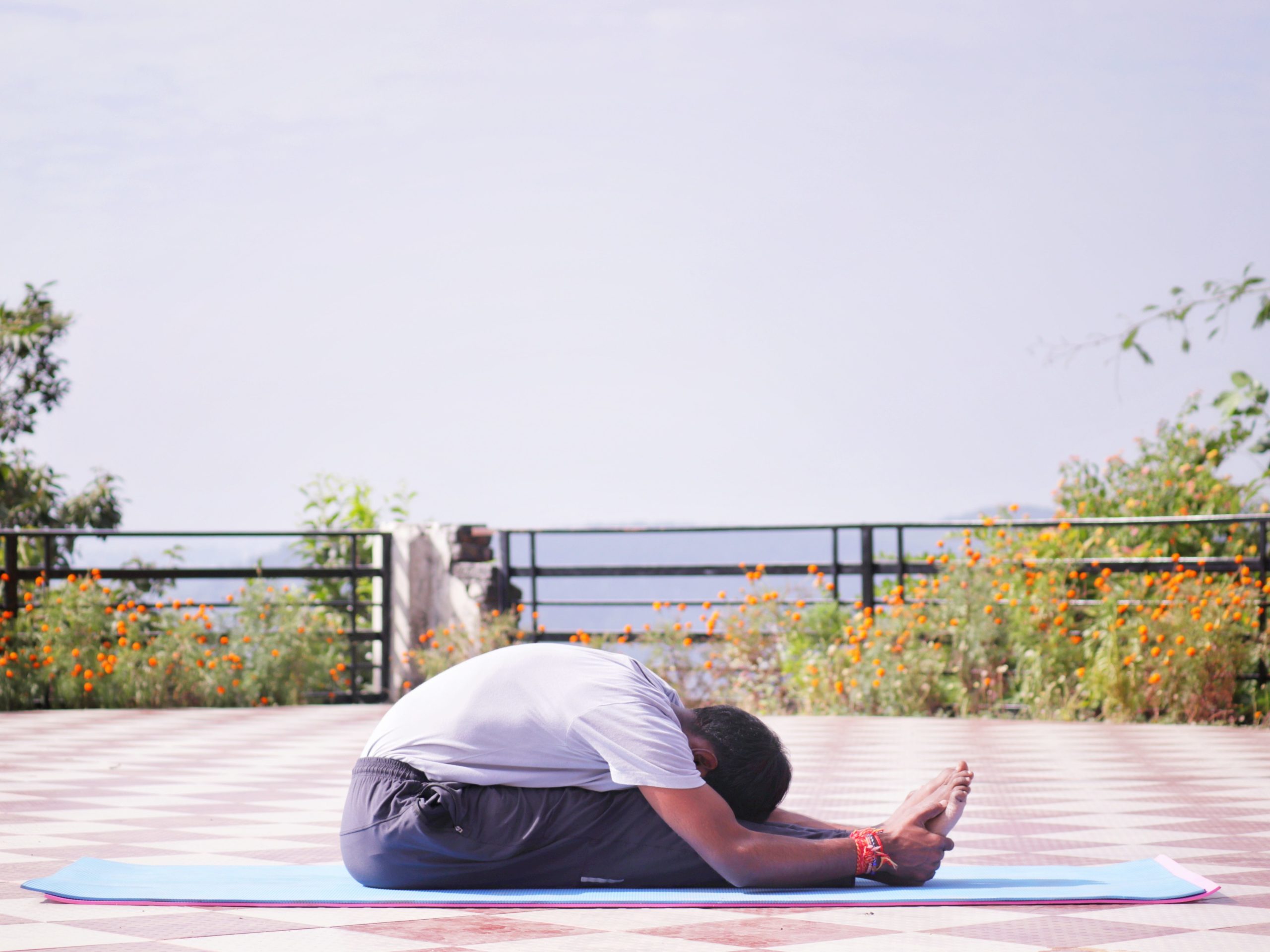
Lat Stretch (Standing or Ground)
A lat stretch targets the muscles used to move the arms. This stretch is particularly important if you don’t reach above your head too often in your day-to-day life. For this pose, simply reach for something at hip height and hang backward.
If you want to do a lat stretch on the ground, go onto all fours, and while keeping the hips up, sink the chest down to the ground.
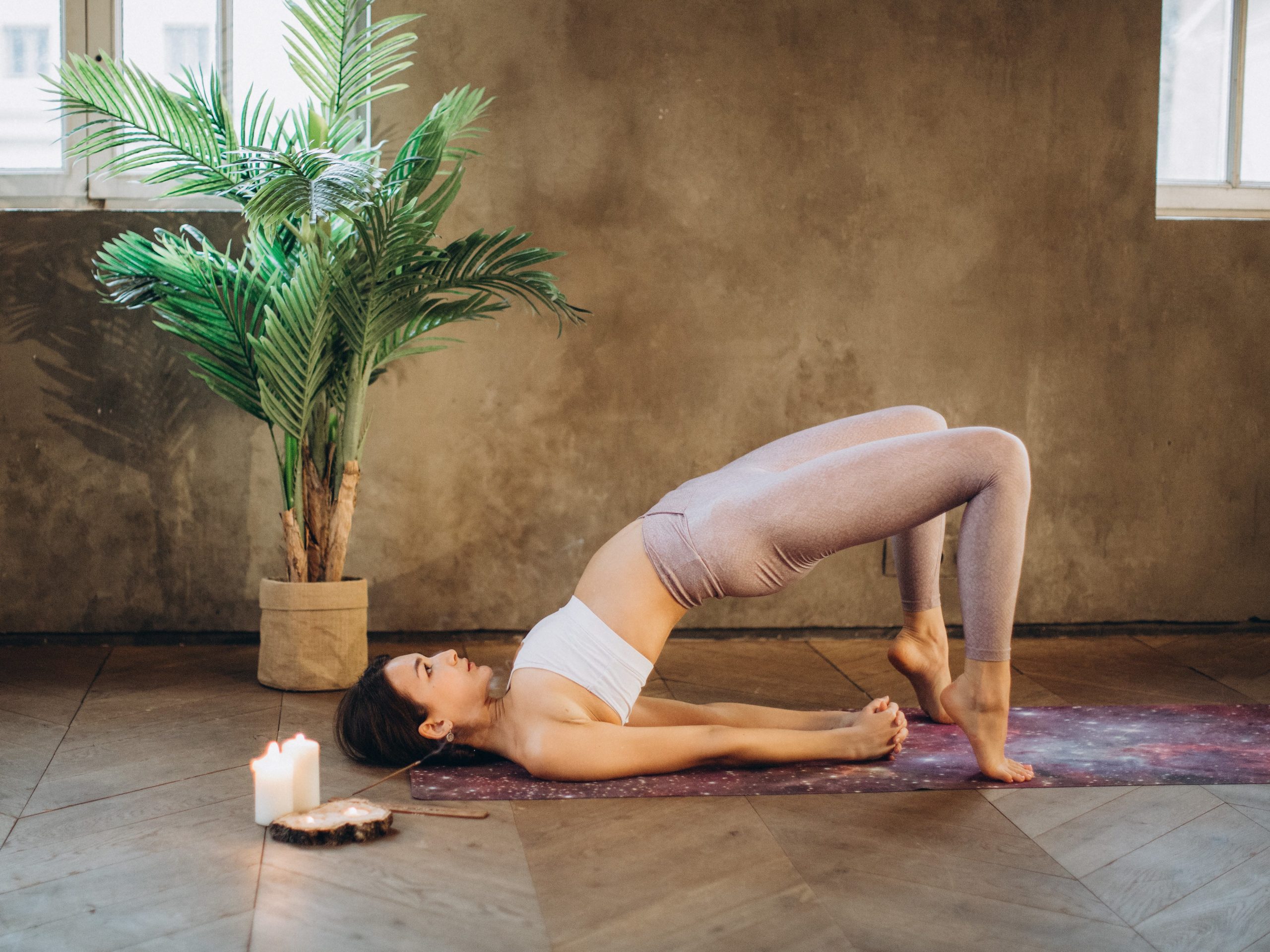
Bridge Pose (Or Crab)
A bridge pose engages the glutes, back, core, and tips of the thighs. Lay on your back with your legs bent, knees towards the sky. Simply raise your lower back off the ground and hold the stretch.
A harder variation of this is a crab pose, or reverse tabletop position. Sit on the ground with your knees bent, feet flat on the ground. Place your hands behind you, fingers pointing towards your body. Inhale and raise your body up. Hold the pose and then lower it.
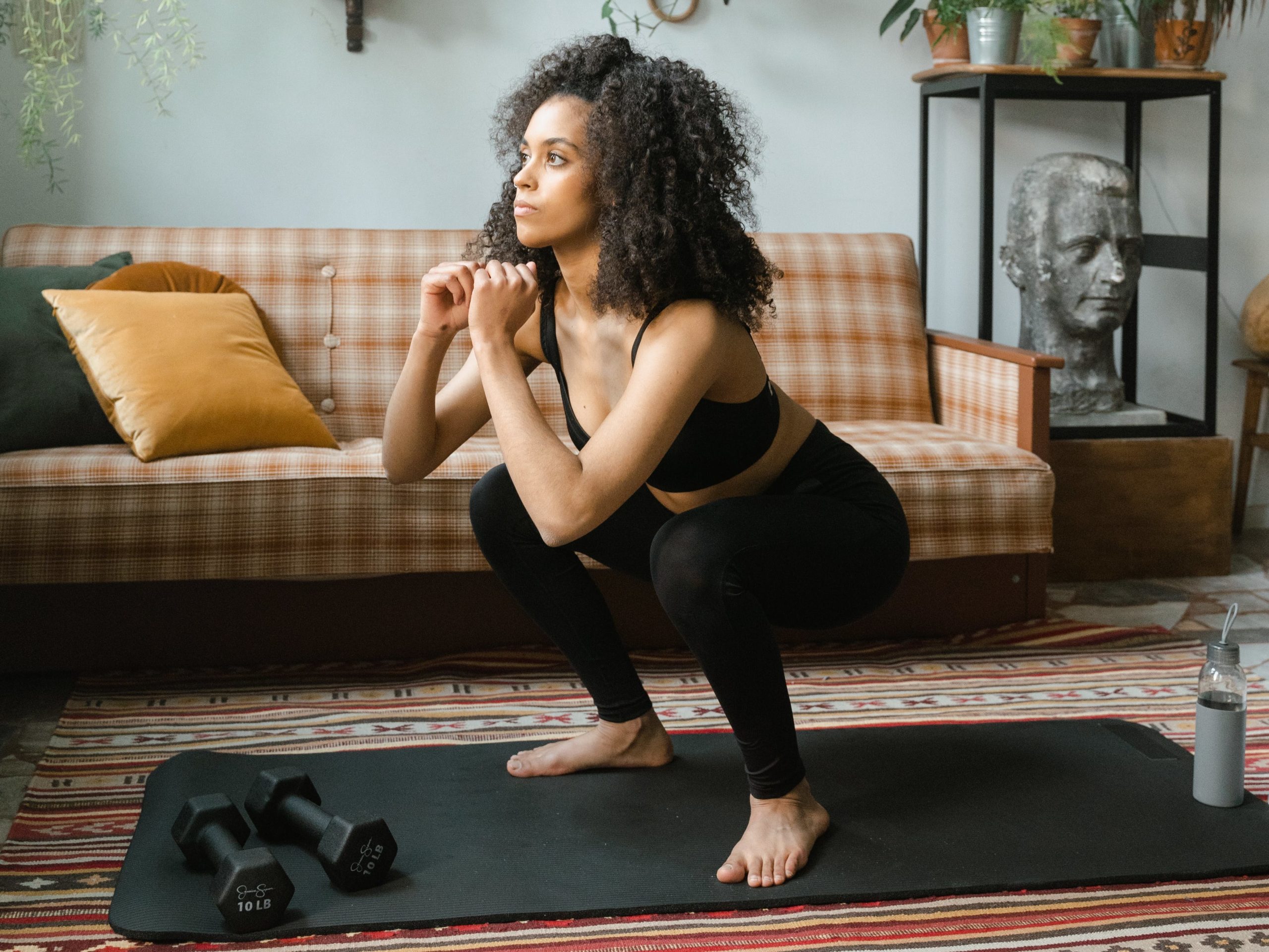
Squat Stretch
A deep squat is considered a workout, but it is an effective stretch that engages the lower body. Practicing a deep squat flexes the hips, knees, and ankles, plum engages the pelvis and trunk.
Simply place your feet about hip distance apart or wider, then squat down. To make this easier, you can assist your body up and down, or support your heels if they don’t reach the ground.
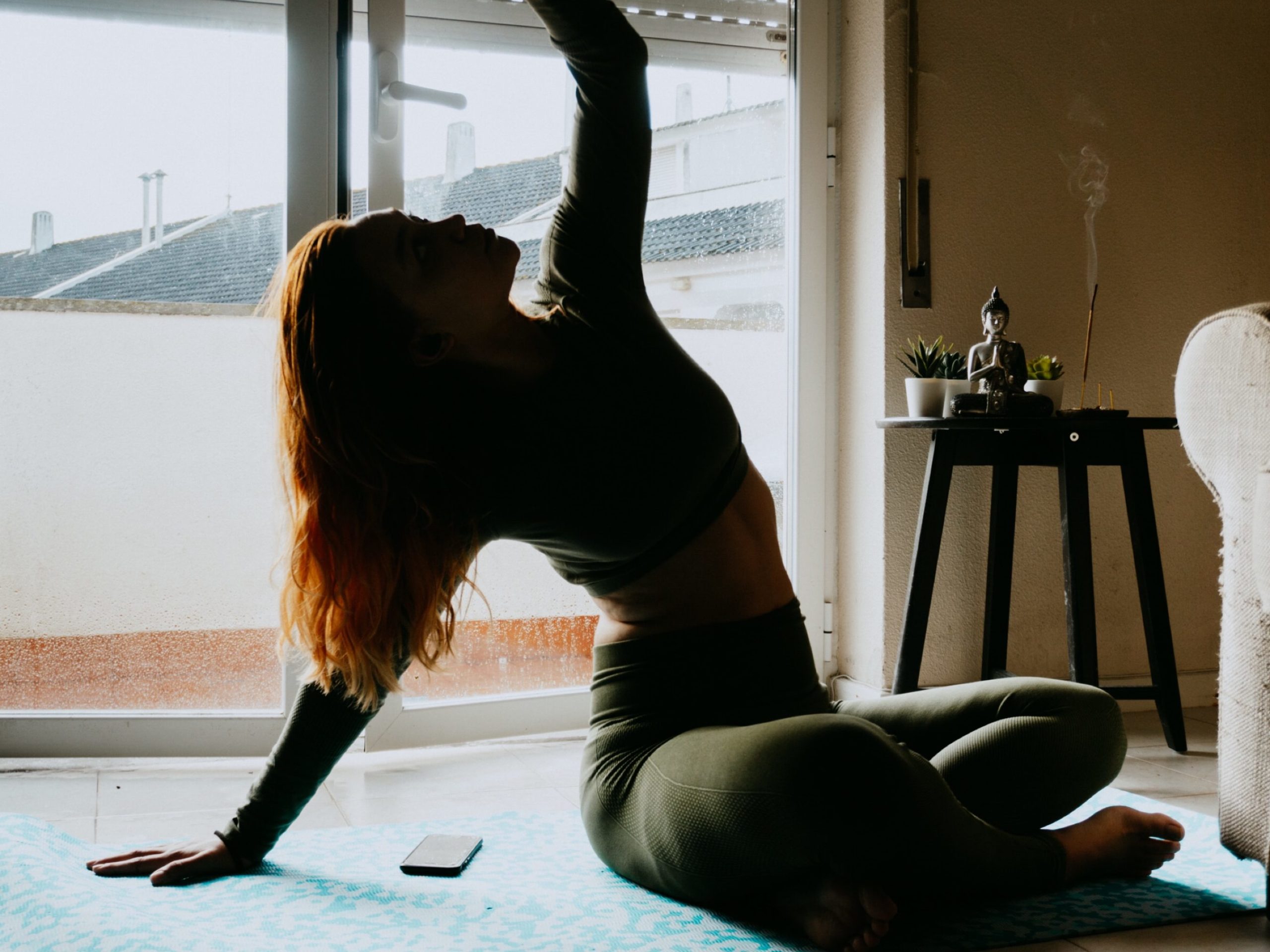
Bonus Stretch (Working the Sides)
While the six poses given are the most beneficial to everyday movement, one stretch that is super simple, but good for the spine is a side stretch. Simply sit on the ground in a cross-legged position. Keep your hips on the ground, place the right hand on the ground, and reach the left hand up and towards the right, stretching the left side. Sink as deep as comfortable towards the right. Repeat this for the other side.
Next, from the same cross-legged position, simply twist the torso from one side, hold for a few seconds, then twist towards the other side. Swing a bit back and forth to make this a dynamic stretch.
Tips for Stretching
Here are some stretching essentials that you should follow if you want to make stretching a daily habit.
- Hold – when stretching, aim to hold the pose for about 30 seconds to get maximum effect.
- Avoid Pain – Stretching may feel intense, but it should never be painful. Don’t aim for pain when you’re stretching.
- Do it Daily – Stretching is a marathon, not a sprint. Daily efforts build up to increase flexibility and mobility.
- Breath into the Movement – Stretching poses should be ones that you breathe in. Make sure you can take deep breaths as you hold a pose.
The Takeaway
Stretching is super important to health as it increases the range of motion, improves posture, improves muscle health, and boosts mobility. It is important to stretch to prevent injury and maintain the ability to move without pain.
Remember that health comes from within, so eat good food, exercise when you can, and take care of your mental health. Good habits are your body’s building blocks for emotional, mental, and physical health. Take care of your gut health too! Learn everything you need to know about gut microbiota today for free here.




